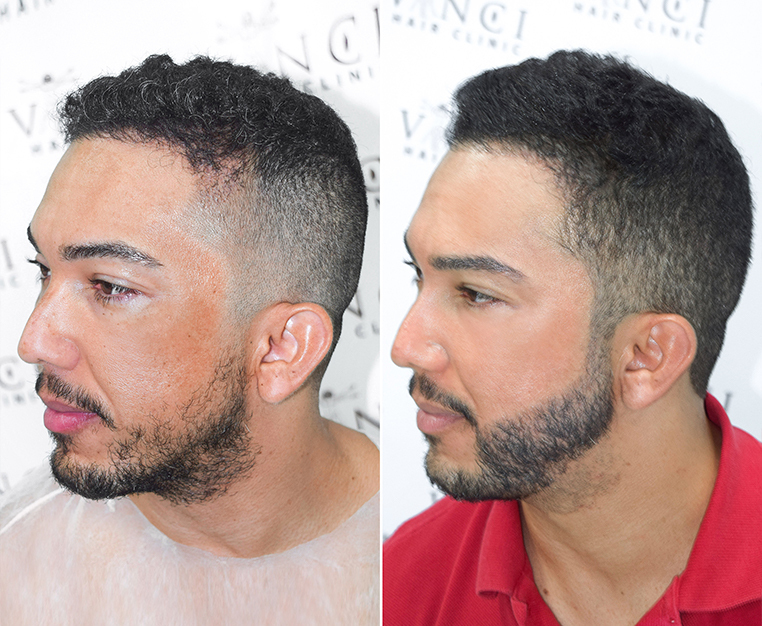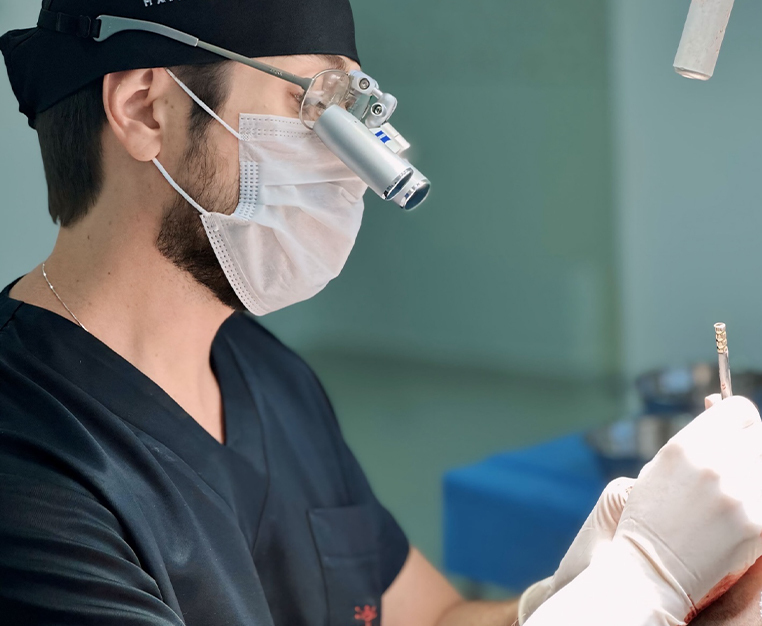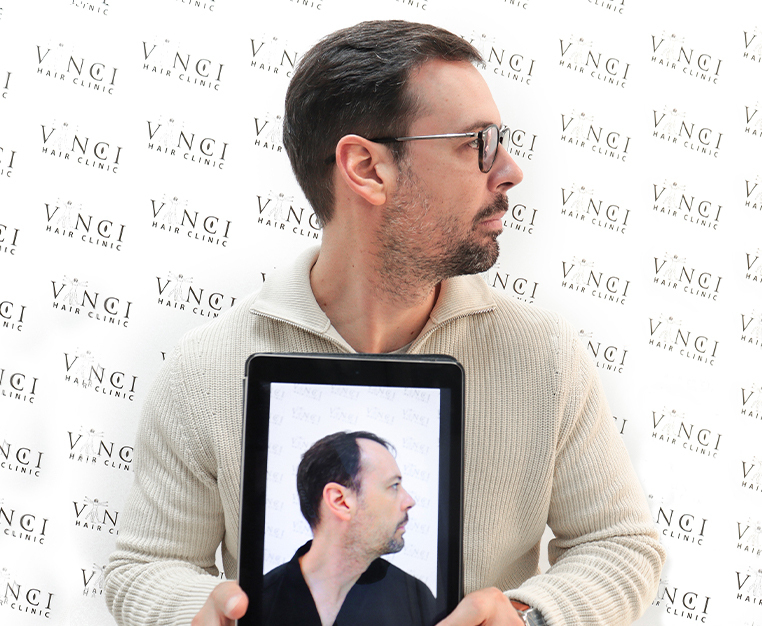Hair loss can be a distressing experience for men and women alike. Deciding to do something about it can be just as frustrating and anxiety-inducing. Many people are interested in the idea of a hair transplant, but there are so many conflicting narratives told about hair loss treatment that taking a decision becomes difficult for the average person. This process isn’t helped by the misconceptions and myths about hair transplants that get posted regularly in chat rooms and internet forums. It leads to confusion, hesitation and delay.
In this article, we aim to debunk the five biggest hair transplant myths, providing clarity and peace of mind for those considering this popular hair restoration option. Keep scrolling to find out more!
Myth #1: Hair Transplants are for Men Only
Contrary to popular belief, hair transplants are not exclusively for men. While male pattern baldness is more common, women also experience hair loss due to various factors such as hormonal imbalances, genetics, or medical conditions.
Female hair loss often takes the form of a general thinning rather than the more distinctive male pattern baldness look. This can make the hair transplant process more challenging, but techniques can be tailored to address this pattern of loss. Women are also coming forward in greater numbers for hairline-lowering transplants that reduce the appearance of a prominent forehead.
Myth #2: Hair Transplants Look Unnatural
One of the most persistent myths surrounding hair transplants is that they result in an artificial or ‘pluggy’ appearance. That may well have been the case in the dim and distant past, but advances in technology and surgical techniques have revolutionised the field of hair transplantation.
Modern procedures, such as follicular unit transplantation (FUT) (also known as strip harvesting) and follicular unit extraction (FUE), ensure natural-looking results. Skilled surgeons strategically transplant individual hair follicles, mimicking the natural growth pattern and angle of your existing hair. When designed and executed properly, a hair transplant should blend seamlessly with your existing hair, leaving no trace of artificiality.
Myth #3: Hair Transplants are Painful and Require Extensive Downtime
Thanks to the technological innovations mentioned above, hair transplant procedures have become significantly less invasive over the years. Local needle-free anaesthesia is used to numb the scalp during the procedure, ensuring that clients experience minimal discomfort. One may feel some mild soreness in the days following the procedure, but this can be managed with over-the-counter pain medication.
Most individuals can return to their normal activities within a few days, although it is advisable to avoid strenuous exercise or activities that may disrupt the newly transplanted hair follicles. Take a few days off from the gym, in other words!
Myth #4: Hair Transplants are Only Suitable for Advanced Hair loss
This is another common misconception. In reality, hair transplants can address various degrees of hair loss, from minor thinning to more significant balding. During a consultation, a hair transplant specialist can evaluate your specific situation and recommend the most suitable approach for achieving your desired outcome.
Early intervention is helpful when it comes to hair loss. That’s not to say that a hair transplant will be necessary in every case, but the sooner you speak with a specialist and get the problem diagnosed, the sooner you can get the appropriate treatment for it. That gives you a better chance of preserving and restoring your hair.
Myth #5: Hair Transplants are not Permanent Solutions
Let’s be clear: transplanted hair is taken from donor areas of the scalp that are genetically resistant to hair loss. This means that the transplanted hair is likely to continue growing indefinitely.
What can happen, however, is that the ‘original’ hair surrounding the transplanted hair may continue to thin or recede. If that happens, it may be necessary to consider ongoing treatments or follow-up procedures.
To avoid the necessity of repeated surgery, reputable surgeons will often ask a client to delay having a hair transplant. That gives the surgeon the chance to plot the pattern of the hair loss and determine if further loss is likely. This request to delay is most often directed at younger clients who may still be in the early stages of hair loss.
Conclusion
Debunking hair transplant myths can help individuals make informed decisions about their hair restoration options. Whether you’re male or female, understanding the truth about hair transplants can alleviate concerns and guide you towards an effective solution. With the right information and professional guidance, you can embark on your hair restoration journey with confidence.
Vinci Hair Clinic can help you with the information and professional guidance. We offer a free, no-obligation consultation with one of our hair specialists to all our new clients. Consultations can take place in person at one of our many clinics or over the phone using photographs, whichever suits you better. All that starts with you getting in touch with us to book an appointment. Contact us today through our website or any of our social media outlets!





